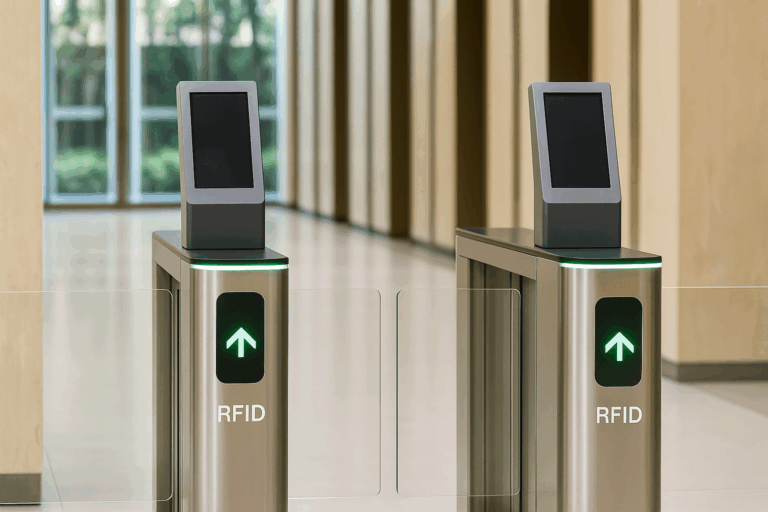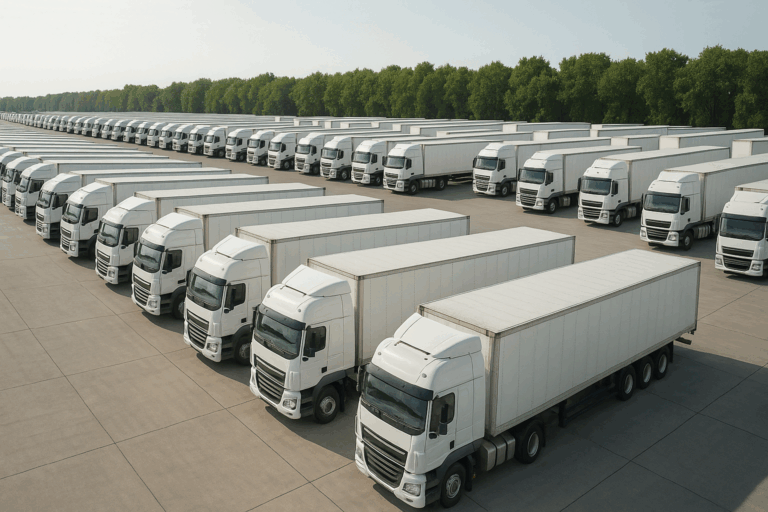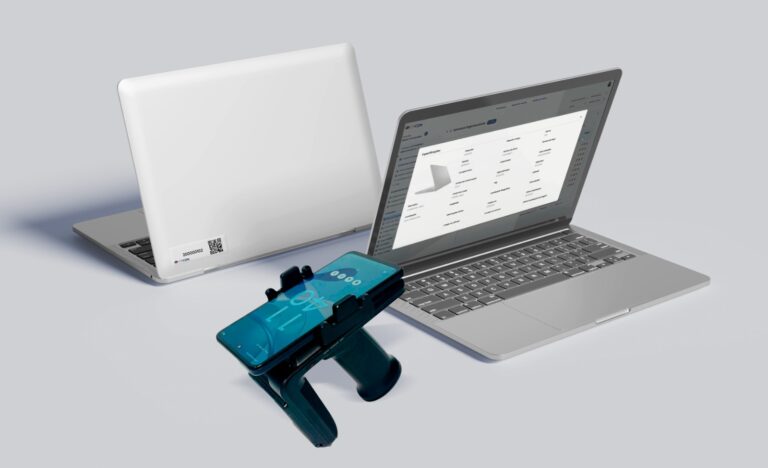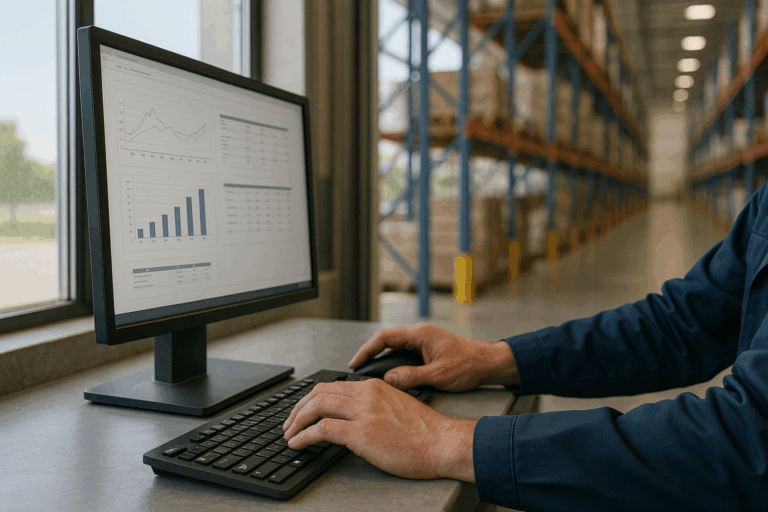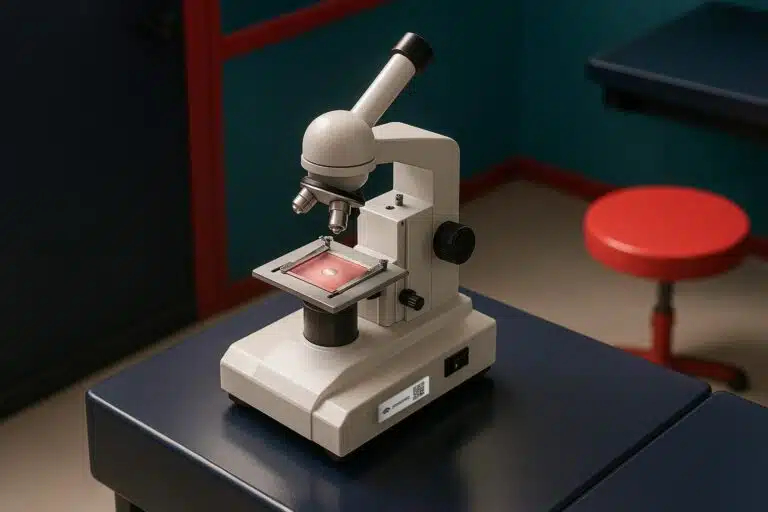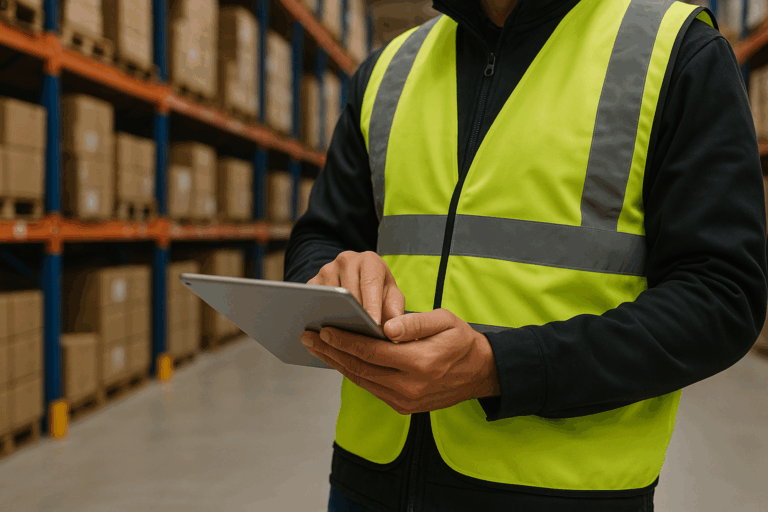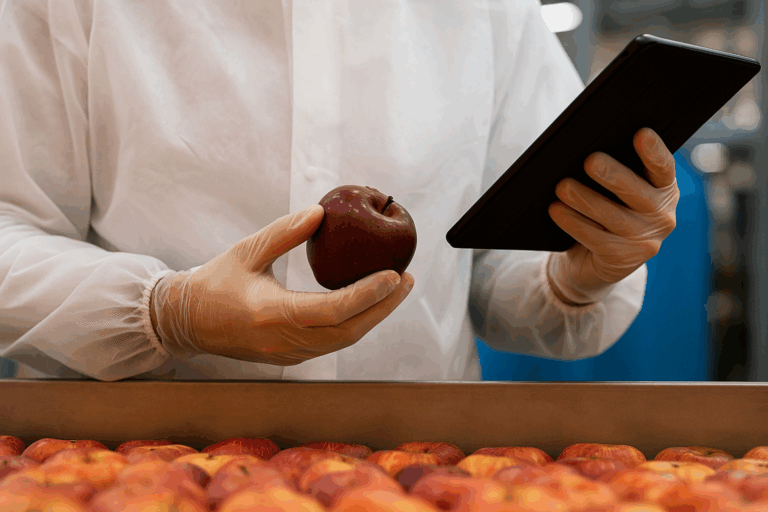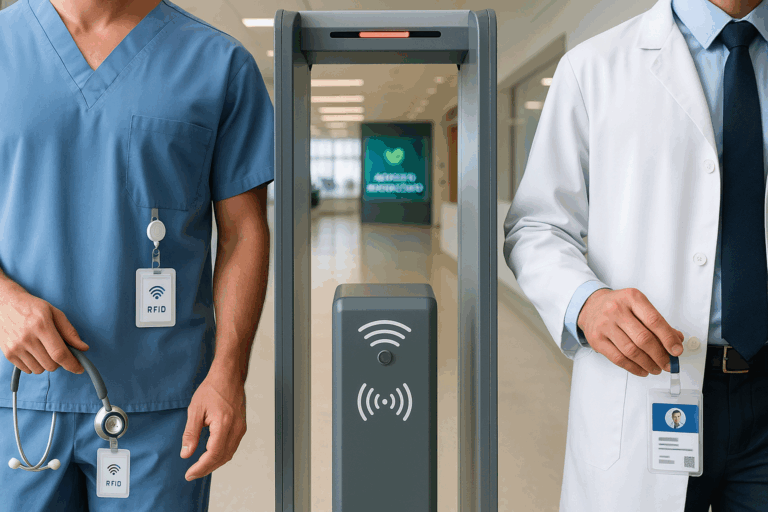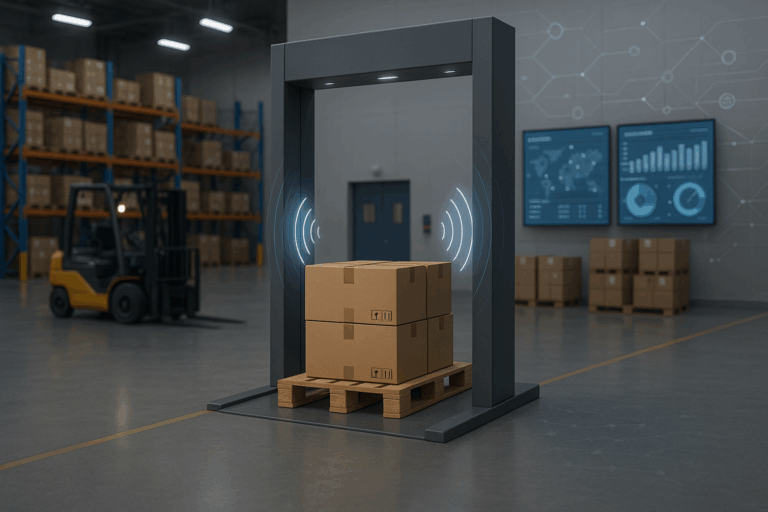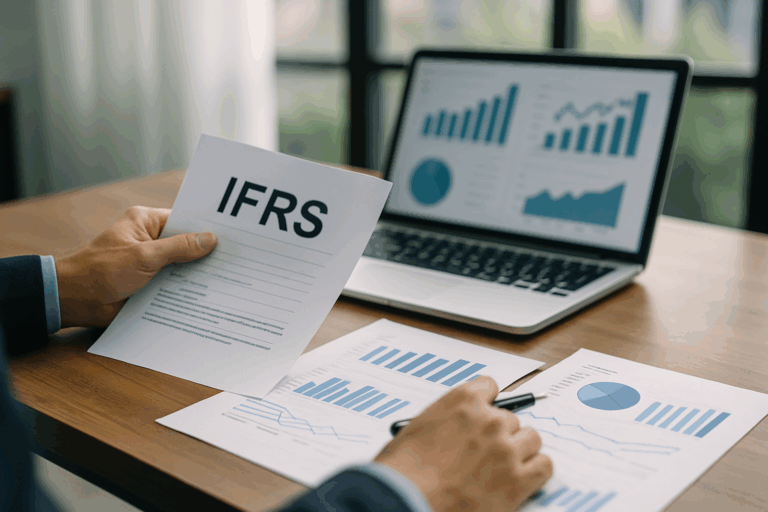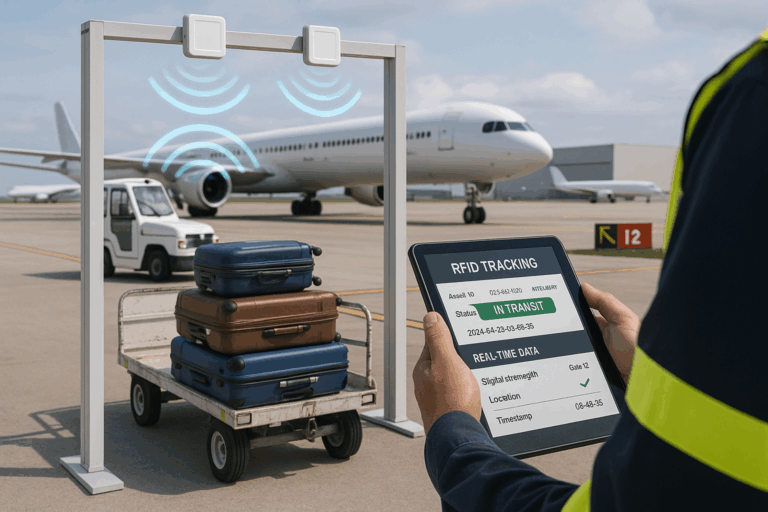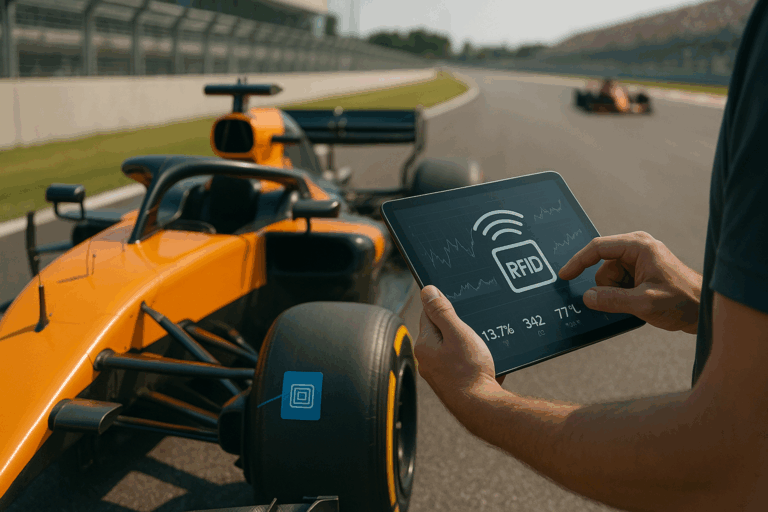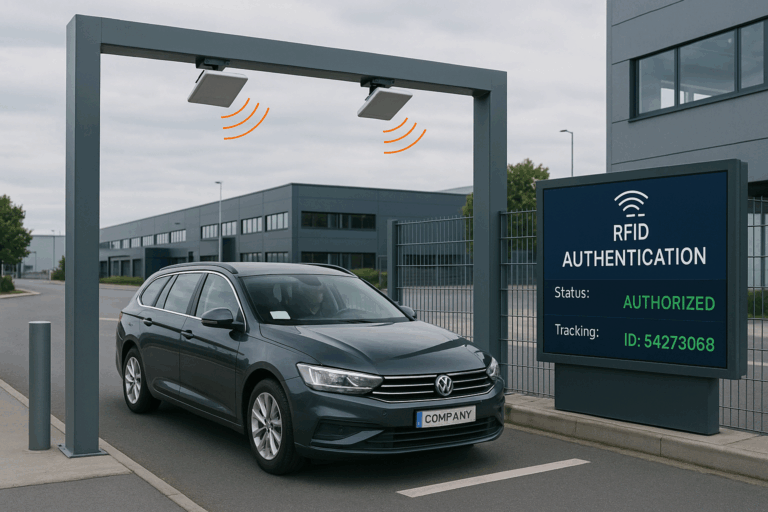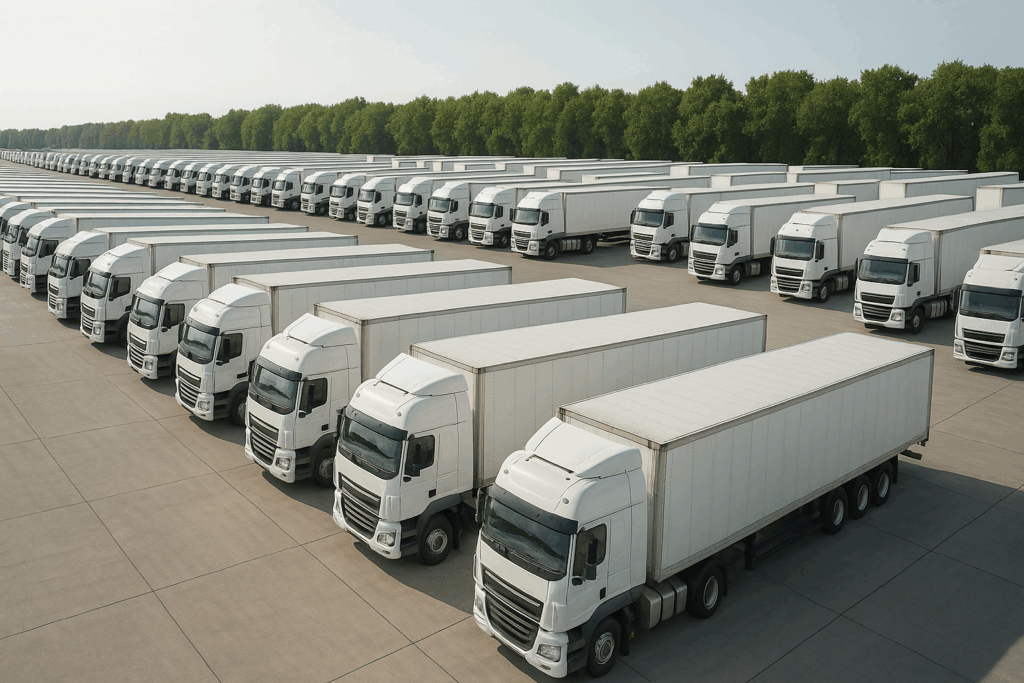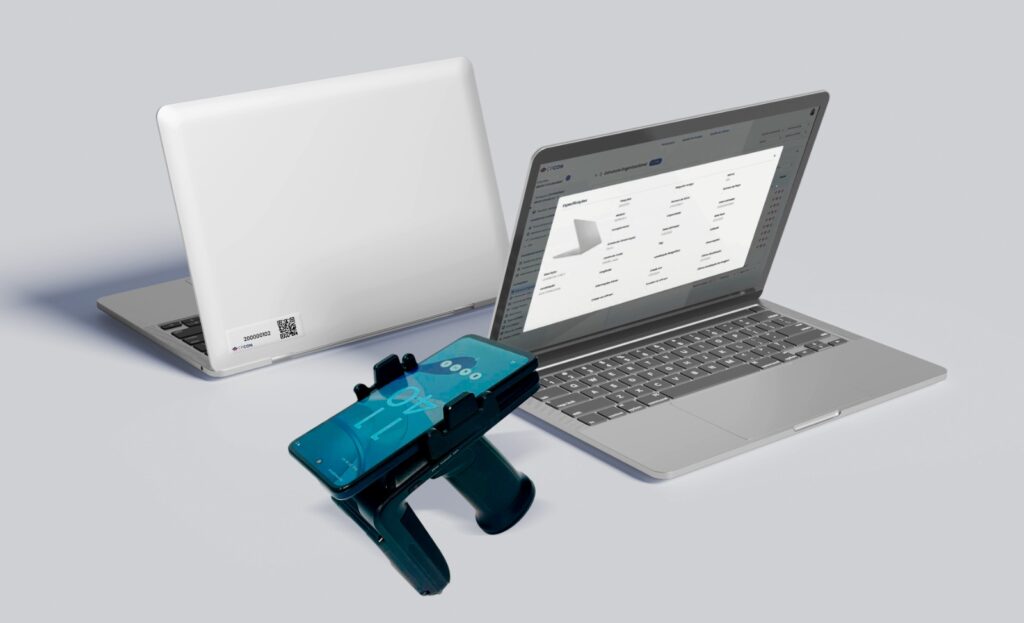The EUDR (European Union Deforestation Regulation) is not just another environmental law — it’s a turning point for the global cocoa trade. Starting in December 2025, every cocoa bean, product, or derivative entering the EU must be proven to come from a deforestation-free area, with geospatial data as mandatory evidence.
This presents a critical challenge: current traceability systems, especially those based on bag-level tracking or spreadsheets, are no longer enough. For companies across West Africa, Latin America, and Southeast Asia, the EUDR requires a complete redesign of how cocoa is sourced, tracked, and reported — from farm polygons to final export batches. One of CPCON’s own clients is already facing this shift: their current system is insufficient to meet EUDR standards and must evolve to avoid compliance risks.
This article explores the real implications of the EUDR for cocoa supply chains and reveals why RFID technology is emerging as the ideal solution to ensure traceability, automate documentation, and protect your access to the European market.
Table of Contents
ToggleWhat is the EUDR and why is it reshaping the cocoa trade?
The European Union Deforestation Regulation (EUDR) was officially adopted to prevent the import of products linked to forest degradation and illegal deforestation. It applies to seven high-risk commodities — including cocoa — and comes into effect in December 2025. To comply, companies must provide proof that their products are not sourced from deforested land after December 31, 2020.
For the cocoa sector, this is a structural shift. The regulation requires that each cocoa shipment imported into the EU be accompanied by precise geospatial data, including polygon boundaries of the farm where the beans were grown. The coordinates must demonstrate that the origin is a deforestation-free area. Without this evidence, products may be blocked at the border, fined, or publicly flagged as non-compliant.
This level of scrutiny goes far beyond traditional traceability. It means real-time documentation, automated reporting, and transparent tracking across the entire supply chain — from the smallest farm to international traders. For companies operating in complex agricultural networks, this level of compliance requires both process redesign and new technologies that can connect physical goods to digital records with high accuracy.
That’s where RFID enters the conversation — not just as a logistics tool, but as a compliance engine.

EUDR requirements: What cocoa companies must do to comply
The European Deforestation Regulation (EUDR) sets a new standard for environmental due diligence in agricultural supply chains. For cocoa, compliance means proving that every product is deforestation-free — not through assumptions or supplier declarations, but with verified, location-based data.
To meet these expectations, companies must fulfill three core requirements:
- Geolocation of origin
Every cocoa shipment must be linked to the exact farm where it was produced. This involves submitting polygon data — digital geospatial maps outlining the precise boundaries of each farm plot. - Deforestation risk assessment
Using satellite imagery or verified land use databases, businesses must demonstrate that no deforestation occurred on the sourcing land after December 31, 2020. - Due diligence statement
For every batch entering the EU, a formal statement must be submitted confirming compliance. This document includes farm coordinates, supply chain actors, risk mitigation procedures, and supporting evidence.
These obligations apply to all operators — from large corporations to cooperatives and small-scale traders. There are no size-based exemptions. Even a single metric ton of cocoa must be traceable back to its georeferenced origin.
Non-compliance can lead to:
- Immediate import rejections or holds at EU customs
- Legal penalties and financial sanctions under EU member state law
- Loss of buyer confidence and reputational damage in key markets
Traditional systems — such as barcode labels, paper logs, or silo-level tracking — are no longer sufficient. EUDR compliance requires end-to-end digital traceability, built on precise geospatial intelligence and real-time data collection.
Why current traceability systems fall short of EUDR standards
Many cocoa companies still depend on fragmented, manual, or outdated traceability systems. Common practices include offline spreadsheets, batch-level tracking at warehouses, or simple barcode scans on bag tags. These systems may support basic logistics — but they cannot meet the EUDR’s legal demands.
Here are the main limitations:
- Inadequate geospatial accuracy
Most systems do not capture polygon-level coordinates of cocoa farms. EUDR requires high-precision geolocation, with clearly defined boundaries that prove deforestation-free status. - Traceability gaps across supply chain actors
As cocoa moves from farm to processor, exporter, and logistics providers, tracking continuity often breaks. Without a unified data trail, proving the full chain of custody becomes impossible. - Vulnerability to manual errors
Paper-based records and isolated systems are prone to inconsistencies and data loss. Under EUDR, any missing or unverifiable information can disqualify a shipment from entering the EU market.
These gaps create not only compliance risks but also operational inefficiencies. To bridge them, companies must transition to integrated, digital traceability solutions — and RFID technology is one of the most reliable and scalable tools available to support this shift.
RFID and EUDR: How smart tracking can ensure compliance and prevent penalties
Radio Frequency Identification (RFID) is no longer just a tool for inventory control — it has become a strategic enabler for regulatory compliance in global supply chains. In the context of the EUDR, RFID offers the level of precision, automation, and transparency that cocoa companies need to meet strict traceability requirements.
Here’s how RFID technology directly supports EUDR compliance:
- Geolocation integration
RFID tags can be linked to geospatial data from the very first point in the supply chain — the farm. When a cocoa lot is tagged, its unique ID can be associated with polygon coordinates, creating a traceable digital identity that remains intact through every stage. - Real-time tracking
Unlike barcode systems, RFID enables continuous, automated tracking without line-of-sight scanning. This allows companies to monitor product movement across warehouses, transport, and export operations, reducing the risk of data loss. - Automated documentation
RFID systems can feed directly into traceability platforms, generating compliance reports and due diligence declarations without relying on manual inputs. This reduces human error and accelerates audit readiness. - End-to-end visibility
With RFID, stakeholders across the supply chain — from cooperatives to exporters — can access the same data in real time, ensuring full visibility and accountability. This is essential for verifying origin, maintaining continuity, and preparing for regulatory inspections.
More importantly, RFID systems are scalable. Whether managing a single warehouse or a network of producers across multiple countries, RFID adapts to the complexity of the operation. When paired with satellite imagery and geospatial platforms, it forms the backbone of a robust, compliant traceability strategy.
For cocoa companies preparing for the December 2025 EUDR deadline, adopting RFID is not just a technology upgrade — it’s a proactive step toward securing market access, avoiding penalties, and building trust with buyers and regulators.

Practical steps to achieve EUDR compliance using RFID and geospatial intelligence
Transitioning to full EUDR compliance requires more than adding new tools — it demands a structured, integrated approach that connects farm-level data with real-time product tracking. RFID and geospatial systems work together to make this possible.
Here’s a step-by-step roadmap for cocoa companies preparing for the regulation:
1. Map all cocoa farms using polygon geolocation
Start by collecting accurate geospatial data for every sourcing location. This includes:
- Drawing polygon boundaries of each farm using GPS-enabled tools
- Verifying land use history with satellite imagery or third-party data providers
- Storing the data in a secure, standardized format ready for EU reporting
🡪 Tip: This step is mandatory under EUDR. Polygon precision matters.
2. Assign RFID tags to cocoa lots at the point of origin
Implement RFID tagging where cocoa beans are first collected — ideally, at the farm or cooperative level. Each tag should be linked to:
- The specific polygon ID of the producing farm
- Batch number and harvest data
- Additional attributes like variety, quality, or certification
🡪 This ensures traceability begins at the source and follows the product through the supply chain.
3. Integrate RFID with a centralized traceability platform
RFID data should feed into a digital platform that aggregates information across suppliers, processors, and exporters. Key features include:
- Real-time tracking of product movement
- Automated alerts for missing or duplicate entries
- Secure document generation for EU compliance statements
🡪 This replaces spreadsheets and disconnected systems with live, verifiable data.
4. Conduct internal audits and simulate EU inspections
Before the regulation takes effect, simulate EUDR compliance procedures. This involves:
- Reviewing RFID tracking continuity from origin to export
- Verifying that every shipment includes polygon data and risk assessments
- Testing the generation of due diligence statements automatically
🡪 Frequent audits reduce surprises during official reviews and build buyer confidence.
5. Train teams and partners on traceability protocols
EUDR compliance is a shared responsibility. Ensure that:
- Field teams understand how to tag and record correctly
- Partners and cooperatives are aligned on data standards
- Everyone in the chain knows the importance of compliance deadlines
🡪 Training builds consistency and reduces the risk of errors across the supply chain.
By combining RFID with geospatial intelligence, cocoa companies can move from reactive compliance to proactive control. This approach not only meets the EUDR’s legal demands but also strengthens operational resilience, improves transparency, and creates new market opportunities.
Strategic gains: From legal obligation to competitive edge in cocoa markets
Complying with the EUDR is not just about avoiding penalties — it’s a strategic move that can unlock long-term value. In fact, companies that lead the transition to sustainable and traceable cocoa sourcing stand to benefit from a clear competitive advantage.
Here’s how EUDR compliance can translate into market leadership:
1. Win trust from European buyers
European importers and retailers are under pressure to prove that their supply chains are clean and sustainable. By offering certified, fully traceable cocoa, your company becomes a lower-risk, higher-value supplier — preferred by buyers who prioritize ESG compliance.
2. Access premium markets and certifications
Deforestation-free cocoa can open doors to:
- Sustainability-focused retailers and brands
- Premium product lines in chocolate and food segments
- Third-party certifications such as Rainforest Alliance, Fairtrade, or EU Green Deal criteria
These labels allow companies to justify higher prices and tap into growing consumer demand for ethical products.
3. Strengthen brand positioning and reputation
Consumers are increasingly aware of the social and environmental impact of their food choices. By clearly communicating your commitment to deforestation-free sourcing and full transparency, your brand can:
- Enhance loyalty among conscious consumers
- Improve perception in sustainability indexes
- Attract impact investors and responsible sourcing partnerships
4. Reduce long-term operational risks
Non-compliance with environmental regulations is not only a legal issue — it creates exposure to:
- Customs delays
- Loss of trade licenses
- Disruption in supplier relationships
Implementing traceability systems now ensures your business is resilient, audit-ready, and ahead of future regulatory changes.
5. Lead industry transformation
Cocoa companies that invest early in compliance technologies like RFID set new standards for the sector. This leadership builds influence with regulators, stakeholders, and trade networks — positioning your company as a reference in sustainable sourcing.
Meeting EUDR standards may seem like a challenge today, but it can quickly become a differentiator that elevates your brand, secures international buyers, and protects your supply chain from future disruption.

How CPCON supports your company in meeting EUDR compliance efficiently
CPCON is more than a technology provider — we are a strategic partner for companies navigating complex regulatory transitions like the EUDR.
With 29 years of experience in asset control and supply chain traceability, CPCON delivers integrated solutions that combine RFID technology, geospatial intelligence, and regulatory expertise. Our approach is built to ensure precision, scalability, and real-time visibility across your entire cocoa supply chain.
Here’s how we help your company comply with the EUDR:
- RFID implementation tailored to cocoa logistics
From farm-level tagging to export-level tracking, our systems are designed to ensure batch-level traceability with zero data loss. - Integration with geospatial mapping and polygon validation
We connect your field data to digital maps that meet EUDR standards, ensuring your products are verified as deforestation-free. - Automated due diligence documentation
Our platforms generate audit-ready reports, simplifying your compliance process and reducing manual errors. - On-the-ground training and technical support
We equip your teams and suppliers with the tools and knowledge they need to maintain compliance across all operations. - Compliance strategy and audit preparation
We guide your business through every step — from mapping risks to preparing for EU inspections — with clarity and efficiency.
Ready to make EUDR compliance your competitive edge?
Talk to CPCON today and discover how our RFID and traceability solutions can help you lead the future of sustainable cocoa.
EUDR is not just regulation — it’s a strategic shift in the cocoa industry
The EUDR sets a new global standard for transparency, sustainability, and accountability in agricultural supply chains. For cocoa companies, it’s more than a compliance checklist — it’s a test of readiness for a future where traceability is non-negotiable.
By adopting technologies like RFID and investing in geospatial intelligence, businesses can not only meet the regulation’s demands but also unlock operational efficiency, build stronger buyer relationships, and lead with credibility in premium markets.
Those who move early will define the new benchmarks of trust, quality, and responsibility in the global cocoa trade. Those who delay risk being left behind.
Want to go deeper?
Explore more insights on asset traceability, compliance, RFID technology, and supply chain transformation in our CPCON Blog and stay ahead of regulatory changes shaping your industry.
FAQ
What is the EUDR and how does it affect the cocoa industry?
The EUDR (European Union Deforestation Regulation) requires companies to prove that cocoa imported into the EU is sourced from deforestation-free areas. This means cocoa must be traced back to its exact farm of origin using geospatial data and supported by a due diligence statement.
When will the EUDR come into force and who must comply?
The EUDR will be enforced starting December 30, 2025. It applies to all operators and traders placing cocoa and other regulated commodities on the EU market — regardless of company size or country of origin. Both exporters and importers must comply.
What kind of traceability data is required under the EUDR?
Companies must submit polygon-based geolocation data showing the farm boundaries, a risk assessment proving no deforestation occurred after 2020, and a full due diligence report. Batch-level traceability must remain intact from farm to port.
How does RFID technology help meet EUDR traceability requirements?
RFID enables real-time tracking of cocoa batches, automatically linking each lot to its farm origin and movement across the supply chain. This ensures accurate data collection, eliminates manual errors, and simplifies the creation of compliance reports.
How can CPCON help my business prepare for EUDR compliance?
CPCON provides end-to-end RFID traceability solutions integrated with geospatial data, helping companies build compliant systems before the EUDR deadline. We support implementation, training, audit preparation, and documentation — all in one solution.
The EUDR requires all cocoa imported into the European Union to be traceable to deforestation-free farms using geospatial polygon data. To comply, companies must map their supply chains, automate due diligence, and implement digital traceability solutions like RFID. RFID enables continuous tracking, connects each cocoa lot to its verified origin, and simplifies regulatory reporting.
Discover CPCON Group: Global expertise in asset control and inventory solutions
CPCON Group is a global leader in asset management, fixed asset control, and RFID technology — trusted by companies like Nestlé, Pfizer, Scania, BASF, Coca-Cola Andina, Vale, Vivo, Petrobras, and Caixa.
With over 25 years of experience, we support complex operations across industries by delivering precision, innovation, and total visibility over assets. Our offices span North America, Latin America, Europe, the Middle East, and the Caribbean, including cities like New York, São Paulo, Lisbon, London, Dubai, and Grand Cayman.
Want to explore our global presence? We’re active in:
- North America: Toronto, New York, Miami, Minneapolis, Seattle, Dallas
- Latin America: São Paulo, Buenos Aires, Lima, Bogota, Mexico City
- Europe: Lisbon, Porto, London, Birmingham, Milan, Rome, Turin, Madrid, Bilbao
- Middle East: Dubai, Saudi Arabia
- Caribbean: Tortola, Grand Cayman
Follow our LinkedIn Showcase Page to dive deeper into our insights, trends, and global solutions for asset control, inventory management, and RFID innovation.



